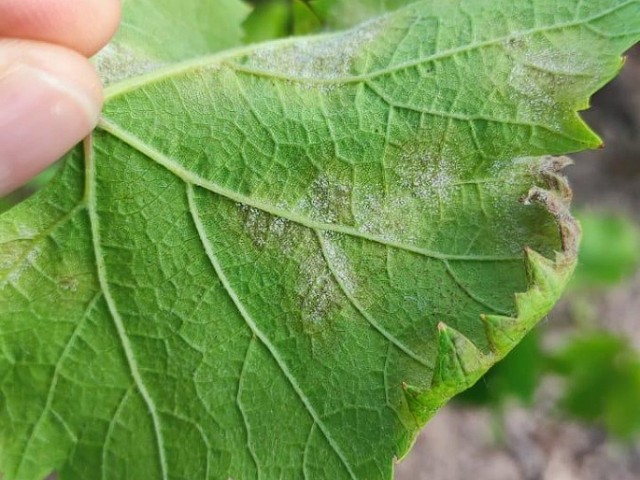Downy mildew "A devastating disease"
Vineyard diseases and pests are a constant challenge for winegrowers. One of the most common diseases is downy mildew, caused by a fungus called Plasmopara viticola. This disease can affect the leaves, shoots and clusters of grapes, and if not properly controlled, can cause significant damage to the vineyard and reduce the quality and quantity of the harvest.
Downy mildew thrives in conditions of high humidity and mild temperatures, so it is most common during spring and fall. Its symptoms include dark green, oily spots on the underside of the leaves, which then turn yellow and dry on the upper surface. In the clusters, it can cause rotting of the grapes.
To control mildew, winegrowers often resort to preventive treatments with fungicides. However, due to the fungus' ability to develop resistance to certain chemicals, it is important to implement integrated management strategies that include cultural practices such as proper pruning, vegetation management, and choosing resistant varieties.
In addition, constantly monitoring the condition of the vineyard and being attentive to favorable weather conditions for mildew are key to taking preventive measures in time. Prevention is essential in the management of mildew, since once the disease has spread, its control can be much more difficult.
